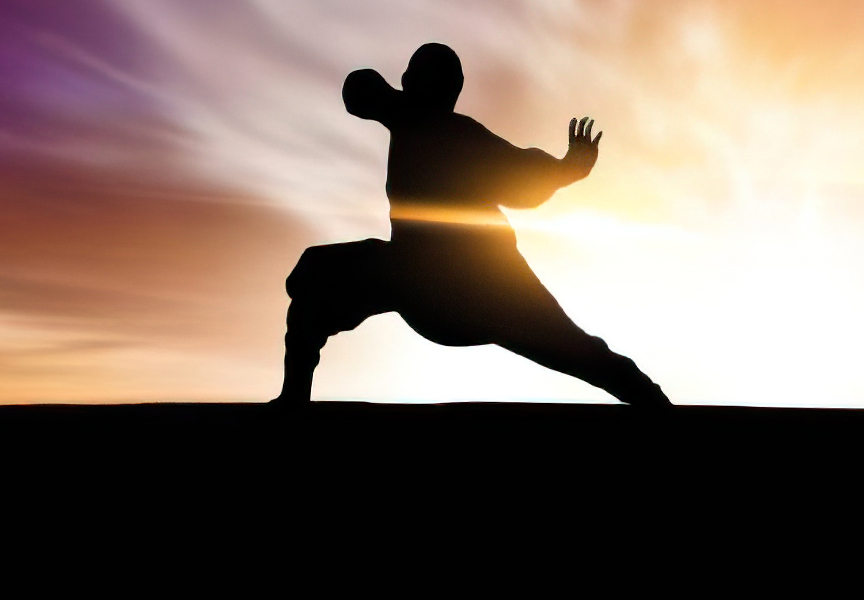Random Free Articles
- Eliminating EGO
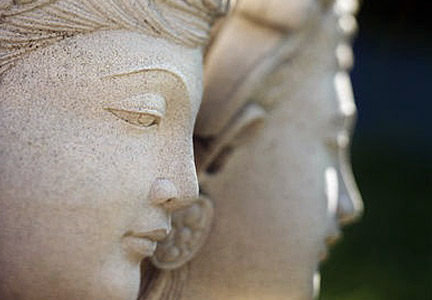
Many people harbor the notion that there must be an enduring, unchanging core of personality or self to make sense of their existence and life experiences. In the face of this existential question, the teachings of Buddha shed light on a profound insight: there is no actual, permanent, or self-standing personality or self. This principle constitutes the third hallmark of existence. Were a self to truly exist independently, it should be…
- Profound Benefits of Meditation

In an increasingly fast-paced and stressful world, many people are turning to meditation as a means to find solace, peace, and balance in their lives. Meditation is an ancient practice that has stood the test of time, and its popularity in the modern world is a testament to its effectiveness. Beyond its spiritual and philosophical roots, meditation offers a wide array of tangible benefits for the mind, body, and overall well-being. In this…
- Mystical Meridian of the Triple Heater
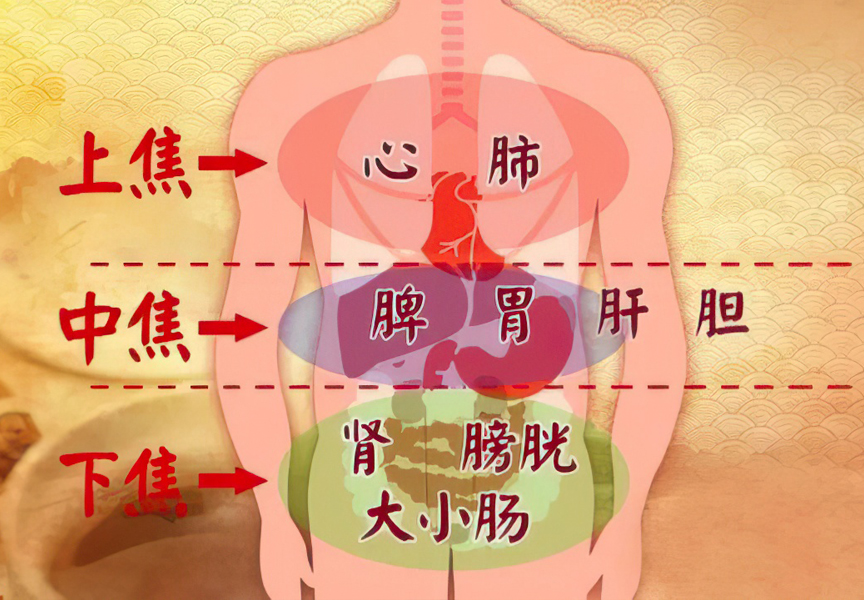
In traditional Chinese medicine (TCM), the human body is believed to be a complex network of energy channels or meridians through which vital life force, or Qi, flows. These meridians play a crucial role in maintaining the balance of health and well-being. One lesser-known yet intriguing meridian is the Triple Heater or Triple Burner meridian, known in Chinese as the San Jiao meridian [Chin.: sānjiāo 三焦]. This meridian has mystified and…
- The Sacred Duty of Martial Arts Students
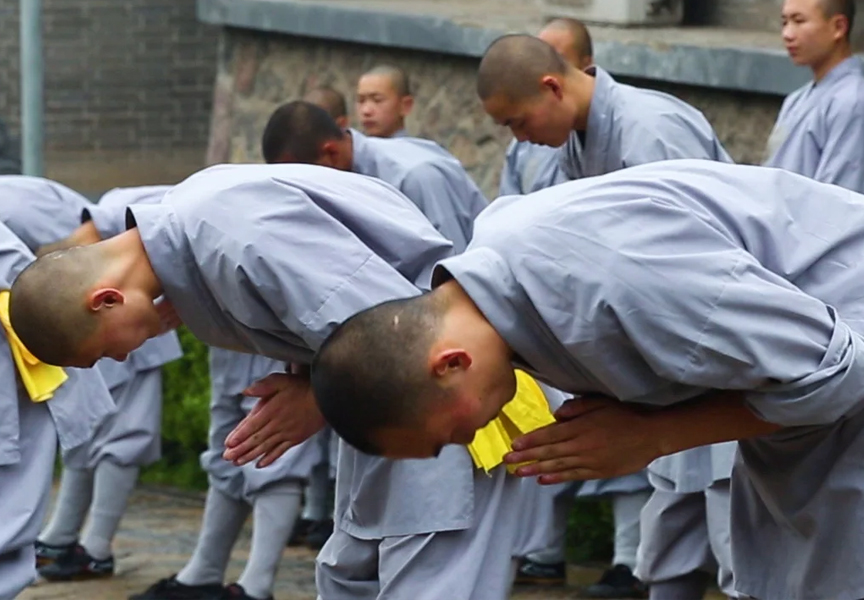
Preserving Tradition through Unanalyzed Knowledge Transmission In the realm of traditional martial arts, there exists a sacred bond between teacher and student, one that extends beyond the mere exchange of physical techniques. It encompasses a profound responsibility—one that transcends time and individuality—to preserve and pass on the invaluable wisdom of the art in its purest form. Central to this obligation is the notion that students…
- The Meaning of the Term Kung Fu
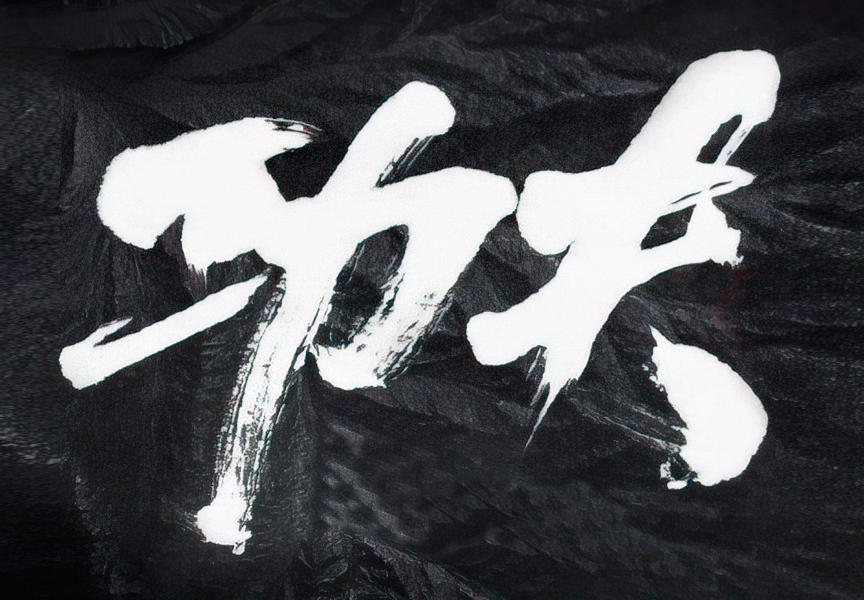
Gong Fu or Kung Fu, a term that conjures images of martial arts prowess, discipline, and ancient wisdom, has permeated popular culture as a symbol of physical and mental excellence. Originating from China, the term Gong Fu is widely used, often misunderstood, and frequently associated with cinematic displays of acrobatic combat. However, beyond the flashy kicks and punches lies a deeper meaning that encompasses a rich tapestry of history,…

